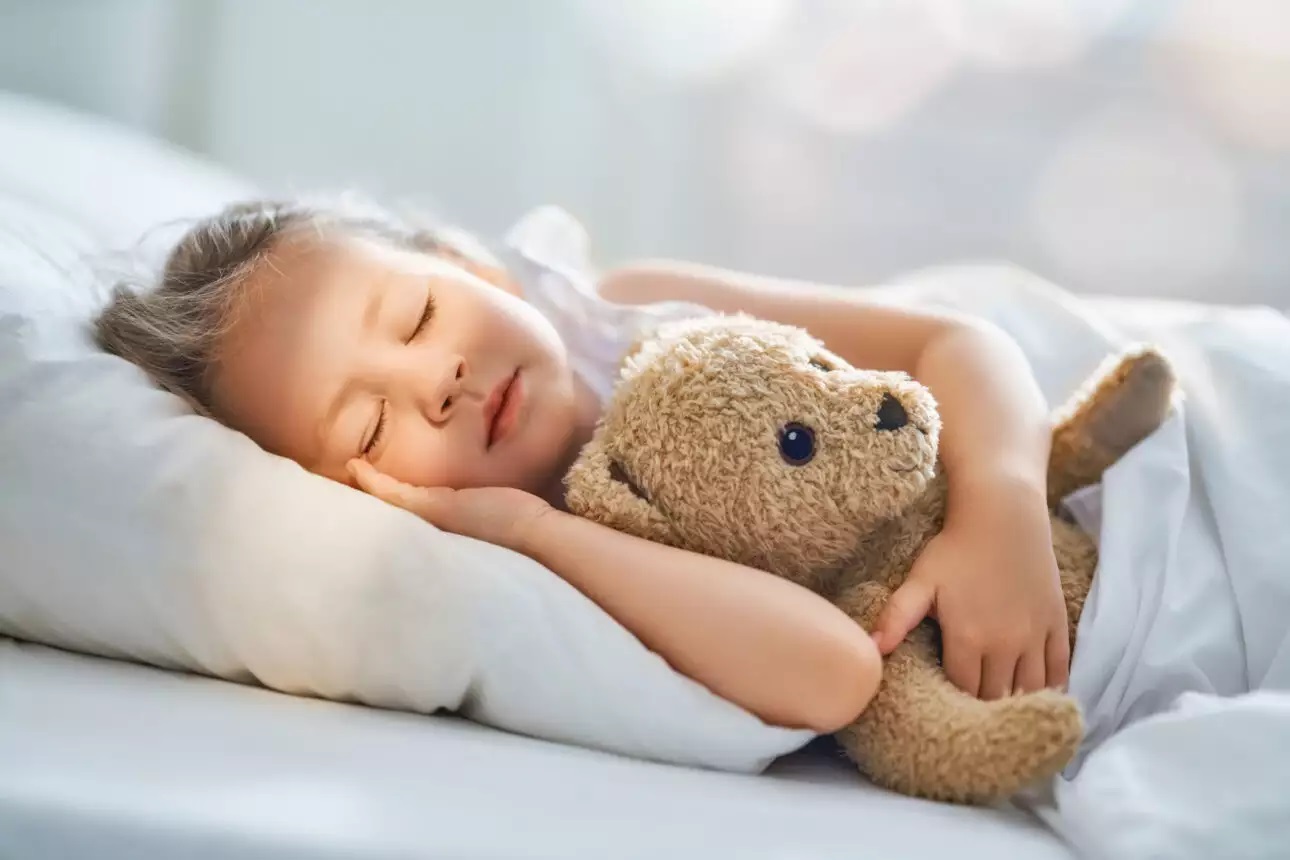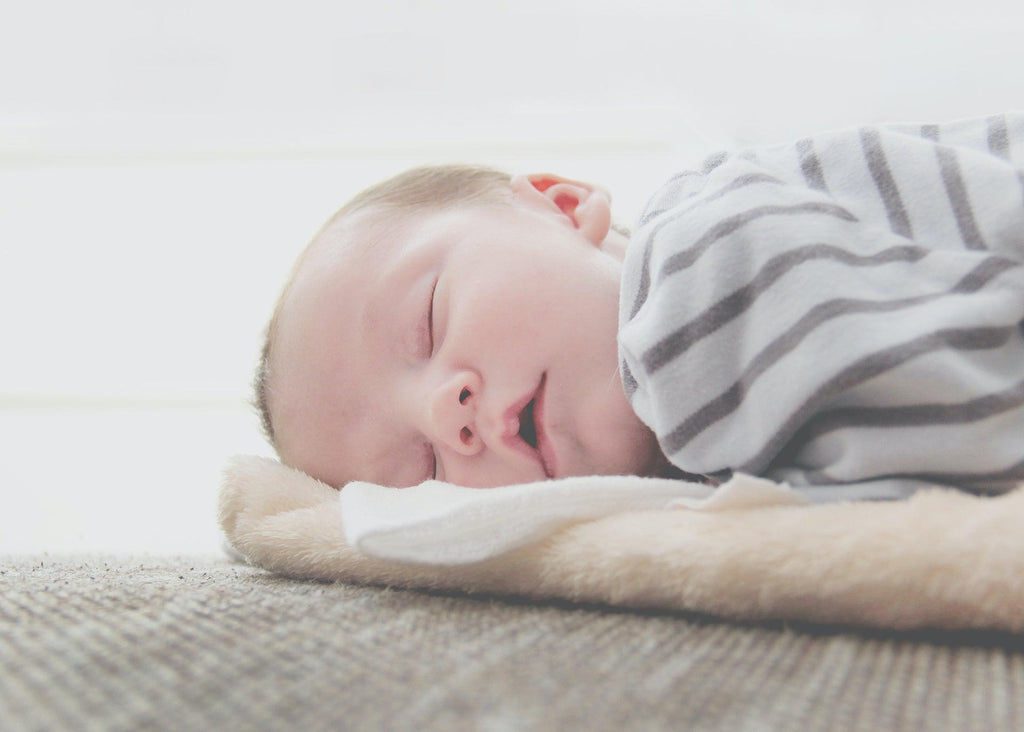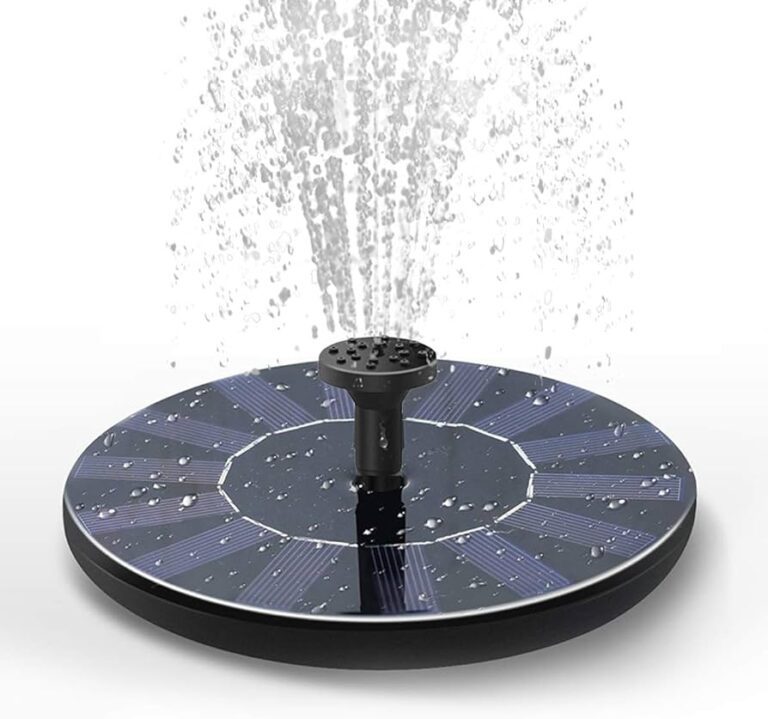How Hot is Too Hot for Baby Room: Protecting Your Little One’s Comfort
The ideal room temperature for a baby is between 68 and 72 degrees Fahrenheit. Keeping the room within this temperature range ensures that the baby stays comfortable and reduces the risk of overheating or getting too cold.
Understanding The Importance Of Room Temperature For Your Baby
Maintaining the right room temperature for your baby is crucial. Knowing how hot is too hot for your baby’s room can help prevent overheating and ensure their safety and comfort. It’s essential to keep the temperature between 68-72°F (20-22°C) to create a safe sleeping environment for your little one.
The Impact Of Room Temperature On Your Baby’s Comfort And Safety
When it comes to creating a safe and comfortable environment for your baby, room temperature plays a crucial role. Babies are more sensitive to temperature changes compared to adults, as their bodies are not yet capable of regulating heat effectively. Therefore, understanding the importance of maintaining the right room temperature for your little one is essential.
The ideal temperature range for a baby’s room
The ideal room temperature range for a baby’s room is between 68°F (20°C) to 72°F (22°C). This temperature range is considered optimal for your baby’s comfort and safety. However, it’s important to note that each baby is unique, and some may prefer a slightly warmer or cooler environment. Observing your baby’s behavior and physical cues can help you determine the perfect temperature for them.
The Risks Of Overheating And How It Can Affect Your Baby
Overheating can pose significant risks to your baby’s health and well-being. When a baby is exposed to high temperatures for an extended period, it can lead to dehydration, heat exhaustion, and even heatstroke. Some common signs of overheating in babies include excessive sweating, flushed skin, rapid breathing, and irritability.
Moreover, overheating can increase the risk of sudden infant death syndrome (SIDS). Studies have shown that babies who sleep in rooms that are too hot have a higher likelihood of experiencing episodes of apnea or shallow breathing during sleep, which can lead to a higher SIDS risk.
To ensure your baby’s safety, take precautions to prevent overheating. Dress your baby in lightweight, breathable clothing and avoid using heavy blankets or bedding. Additionally, use a room thermometer to monitor the temperature consistently and make necessary adjustments to maintain a comfortable and safe environment.

Credit: www.roomtogrow.co.uk
Signs Of An Overheated Baby And How To Prevent It
Is your baby overheating? Learn how to identify the signs of an overheated baby and prevent it. Find out how hot is too hot for a baby room to ensure your little one’s comfort and safety.
Recognizing The Signs Of An Overheated Baby
Babies are not able to regulate their body temperature as effectively as adults, which makes them more susceptible to becoming overheated. It’s important for parents to be able to recognize the signs of an overheated baby in order to quickly intervene and prevent any potential complications. Some common signs of overheating in babies include:
- Rapid breathing
- Flushed skin
- Sweating
- Restlessness
- Irritability
- Increased heart rate
- Dry or cracked lips
- Lethargy
If you notice any of these signs in your baby, it’s important to take immediate action to cool them down and prevent further overheating.
Tips For Preventing Overheating In Your Baby’s Room
Creating a comfortable and safe environment for your baby is crucial to their well-being. Here are some tips to prevent overheating in your baby’s room:
- Keep the room temperature between 68 to 72 degrees Fahrenheit (20 to 22 degrees Celsius).
- Use a room thermometer to monitor the temperature accurately.
- Avoid direct sunlight in the room, as it can increase the temperature.
- Ensure proper ventilation by opening windows or using a fan.
- Use curtains or blinds to block out excessive heat from outside.
- Remove any unnecessary bedding or clothing layers.
- Switch to lightweight and breathable fabrics for baby’s clothing.
- Consider using a sleep sack or swaddle blanket instead of heavy blankets.
- Do not overdress your baby, especially during sleep.
- Avoid using heaters or heating pads in the baby’s room.
The Role Of Clothing And Bedding In Maintaining A Comfortable Temperature
The clothing and bedding choices you make for your baby play a significant role in maintaining a comfortable temperature in their room. It’s important to choose fabrics that are breathable and lightweight to promote airflow and prevent overheating. Opt for natural materials such as cotton or bamboo, as they are known for their ability to wick away moisture and regulate body temperature.
When it comes to bedding, it’s advisable to go for a firm mattress and avoid using thick blankets or duvets, as they can trap heat. Instead, consider using a sleep sack or a swaddle blanket, as it provides a safe and cozy sleep environment while reducing the risk of overheating.
By paying attention to your baby’s clothing and bedding choices, you can help maintain a comfortable temperature in their room and reduce the risk of overheating.
Choosing The Right Thermostat Settings For Your Baby’s Room
Maintaining the right thermostat settings for your baby’s room is crucial to ensure their comfort and safety. It is important to avoid overheating the room, as temperatures that are too hot can increase the risk of SIDS. By keeping the room at a moderate temperature and using a room thermometer, you can create a safe and comfortable sleeping environment for your baby.
Setting The Thermostat To The Ideal Temperature Range
When it comes to your baby’s room, maintaining the right temperature is crucial for their health and comfort. The ideal temperature range for a baby’s room is between 68°F and 72°F (20°C and 22°C). This range provides a comfortable environment without being too hot or too cold, allowing your little one to sleep peacefully.
The Benefits Of Using A Programmable Thermostat For Your Baby’s Room
Using a programmable thermostat in your baby’s room can offer several benefits. Firstly, it allows you to set specific temperature parameters, ensuring that the room doesn’t become too hot or too cold during different times of the day. This helps maintain a consistent and comfortable environment for your baby, promoting better sleep.
Secondly, a programmable thermostat can help you save energy and reduce utility costs. You can program the thermostat to lower the temperature slightly during the night when your baby is less active, and raise it during the day when they are awake. This way, you can ensure a comfortable temperature while minimizing unnecessary energy consumption.
Tips For Maintaining A Consistent And Comfortable Temperature Throughout The Day And Night
To ensure that your baby’s room remains at the right temperature throughout the day and night, consider the following tips:
- Use a room thermometer: Investing in a reliable room thermometer can help you monitor the temperature accurately and make necessary adjustments.
- Avoid direct sunlight: Keep the curtains or blinds closed during the hottest parts of the day to prevent excessive heat from entering the room.
- Proper insulation: Ensure that the room is well-insulated to prevent heat loss or gain from outside.
- Optimal bedding: Choose bedding that is appropriate for the season. Lighter blankets and clothing are recommended in warmer months to prevent overheating.
- Regular maintenance: Schedule regular maintenance for your HVAC system to ensure it operates efficiently and maintains the desired temperature.
- Monitor humidity levels: High humidity can make a room feel hotter. Use a dehumidifier if necessary to maintain a comfortable humidity level.
By following these tips and setting the thermostat to the ideal temperature range, you can create a safe, comfortable, and consistent environment for your baby’s room.
Additional Measures To Keep Your Baby Comfortable
To keep your baby comfortable, it’s important to ensure that the room temperature is just right. Watch out for signs of overheating and make sure the room is not too hot while your baby is sleeping.
Using Fans Or Air Conditioning To Regulate Room Temperature
During hot weather, fans or air conditioning systems can help regulate the temperature in your baby’s room. Keeping the room cool and comfortable is essential to ensure your little one sleeps soundly and avoids overheating. When using a fan or air conditioner, follow these tips:
- Position the fan or air conditioning unit in a way that the airflow does not directly hit your baby’s crib or bed.
- Set the fan or air conditioner to a moderate speed or temperature. Avoid setting it to high or low extremes as it can cause discomfort or make the room too cold.
- Ensure proper ventilation in the room by opening windows or using exhaust fans. This helps circulate fresh air and prevent stuffiness.
Strategies For Cooling Down Your Baby’s Room During Hot Weather
When the temperature rises, it’s important to take additional measures to cool down your baby’s room. Here are some strategies you can implement:
- Keep curtains or blinds closed during the hottest part of the day to minimize heat and direct sunlight.
- Create cross ventilation by opening windows and using fans strategically. This allows for better air circulation and helps cool down the room.
- If possible, place a bowl of cold water or ice in front of the fan. This will create a cooling effect as the air passes over the cold surface.
- Use a wet towel or sheet and hang it near an open window or fan. The evaporation of the water will help bring down the room temperature.
- Avoid using heavy blankets or bedding. Opt for lightweight and breathable fabrics that allow air to flow freely.
Creating A Comfortable Sleep Environment For Your Baby
Ensuring a comfortable sleep environment for your baby is crucial for their overall well-being. Here’s how you can achieve it:
- Maintain a room temperature between 68°F and 72°F (20°C and 22°C). Use a room thermometer to monitor the temperature.
- Dress your baby in lightweight and breathable clothing. Choose natural fabrics like cotton that are gentle on their sensitive skin.
- Consider using a sleep sack or swaddle to keep your baby cozy without the need for a blanket.
- Place your baby’s crib or bed away from direct sunlight and drafts, ensuring a comfortable and safe sleep space.
- Keep noise levels in the room to a minimum. Use white noise machines or soft lullabies to create a soothing environment for your baby.
Seeking Professional Advice For Temperature Control In Your Baby’s Room
When it comes to your baby’s safety and comfort, ensuring the right room temperature is crucial. Hot temperatures can pose a risk to your little one, leading to overheating and potential health issues. As a caring parent, you may be wondering when to consult a pediatrician regarding room temperature concerns. In this section, we will explore the reasons for seeking professional advice, recommendations and guidelines from pediatric experts, as well as additional resources and information on ensuring your baby’s comfort.
When To Consult A Pediatrician Regarding Room Temperature Concerns
If you are unsure about what temperature is considered too hot for your baby’s room, it is always best to consult a trusted pediatrician. They can provide expert advice tailored to your specific circumstances. Here are a few instances when you should consider reaching out to a pediatrician:
- If you live in an area with extreme temperatures, such as excessively hot or cold climates.
- If your baby has a medical condition that makes them more sensitive to temperature changes.
- If you notice signs of discomfort or overheating in your baby, such as excessive sweating, flushed skin, or rapid breathing.
- If you have questions or concerns about the ideal room temperature for your baby’s age and developmental stage.
Recommendations And Guidelines From Pediatric Experts
Pediatric experts provide valuable insights when it comes to temperature control in your baby’s room. Here are some general recommendations and guidelines to keep in mind:
- Keep the room temperature between 68 to 72 degrees Fahrenheit (20 to 22 degrees Celsius) as a starting point for newborns and infants.
- Avoid overdressing your baby, as this can contribute to overheating. Dress them in light, breathable clothing appropriate for the room temperature.
- Use a reliable room thermometer to monitor the temperature accurately.
- Make sure the baby’s crib is placed away from direct sunlight or heat sources, such as radiators or vents.
- Consider using a fan or air conditioner to maintain a comfortable temperature during hot summer months.
Additional Resources And Information On Ensuring Your Baby’s Comfort
When it comes to your baby’s well-being, it’s important to gather knowledge from reputable sources. Here are a few additional resources and information that can help you ensure your baby’s comfort:
| Resource | Description |
| Aire Serv – Best House Temperature for My Baby? | This article provides insights into the ideal house temperature for your baby’s comfort. |
| Children’s Health – Keeping Your Baby Safe and Cool in Summer | Learn practical tips on how to keep your baby safe and cool during hot summer months. |
| Halo Sleep – Overheating Baby at Night: Signs & Tips | Find out about the signs of an overheating baby and get tips on preventing overheating during sleep. |
| Cradlewise – The safest room temperature for babies | Discover the safest room temperature range recommended for your baby’s sleep. |
| Lullaby Trust – Temperature: FAQs | Get answers to frequently asked questions about room temperature and your baby’s safety. |
Remember, your baby’s comfort and safety are of utmost importance. Seeking professional advice, following expert recommendations, and utilizing additional resources will help you maintain a conducive environment for your little one. By proactively managing the temperature in your baby’s room, you are fostering their well-being and ensuring a peaceful night’s sleep.
Frequently Asked Questions Of How Hot Is Too Hot For Baby Room
Is 75 Degree Room Too Hot For Baby?
A room temperature of 75 degrees Fahrenheit may be too hot for a baby. It’s recommended to keep the room temperature between 68-72 degrees Fahrenheit for optimal comfort and safety.
Is 80 Degrees Too Hot For Baby Room?
An 80 degree temperature is too hot for a baby room. It can lead to overheating and increase the risk of Sudden Infant Death Syndrome (SIDS). The optimal room temperature for a baby is between 68-72 degrees Fahrenheit.
What Is An Unsafe Room Temperature For A Baby?
An unsafe room temperature for a baby is when it is too hot or too cold, which can affect their health and comfort. It is important to maintain a room temperature between 68-72 degrees Fahrenheit (20-22 degrees Celsius) for the baby’s safety.
What Temperature Is Too Hot For A Baby To Sleep?
The ideal room temperature for a baby to sleep is between 68-72 degrees Fahrenheit.
Conclusion
To ensure your baby’s safety and comfort, it’s crucial to maintain an appropriate temperature in their room. Knowing how hot is too hot for a baby’s room is essential to prevent overheating and potential health risks. The safest room temperature for babies is between 16-20°C (60-68°F).
Higher temperatures can increase the risk of SIDS and discomfort for your little one. It’s important to regularly monitor the room temperature with a thermometer and adjust accordingly, keeping your baby’s well-being in mind. Remember, a cool and comfortable room promotes a peaceful and restful sleep for your baby.






